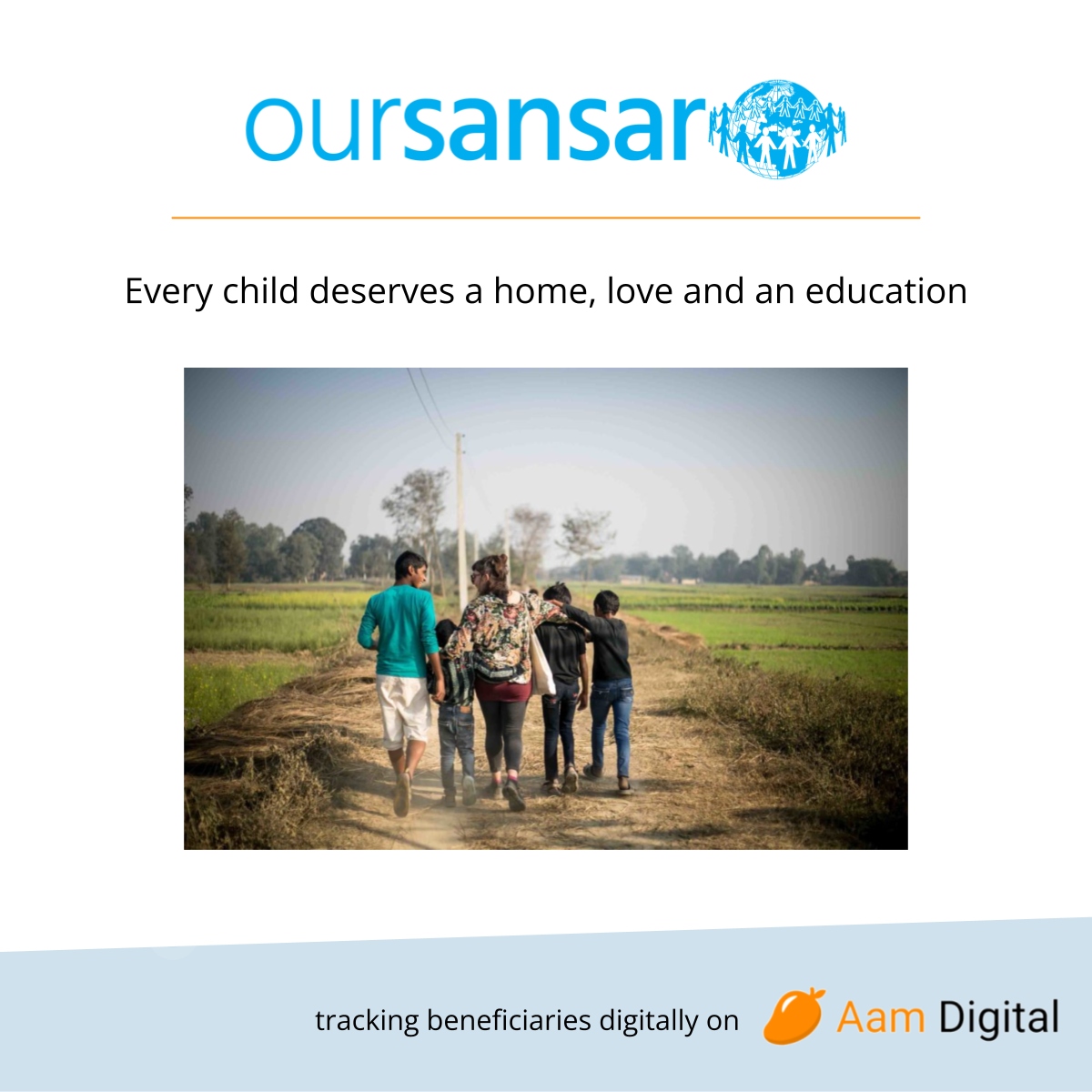Abstract
The aim of the survey was to identify pain points in managing data in the social sector. Most respondents highlighted the effort required to manage data as their top concern. Additionally, simple office tools are still widely used in the sector to manage data. The findings of the survey suggest that there is also a wide felt need for specialized data management tools that provide features like capturing qualitative notes and longitudinal data of the program participants.
Methodology
The survey was conducted online and received 72 responses from respondents working across a range of professions, sector of operation, scale of intervention and familiarity with a data management tool.
The status quo & challenges with data

- Most respondents have experienced multiple challenges in managing data. Data integration across multiple formats (57%) and time required to do data analysis (48%) were the top two challenges faced by the respondents. Data duplication and data inaccuracy were the next big challenges on the list of the respondents.
2. Getting accurate real time data is difficult. Around 71% of the respondents face challenges in getting accurate real time data for donor reports. The challenge was bigger for large scale interventions.
3. Most respondents feel that time gets wasted in collecting and analyzing data. Around 63% of the respondents shared this concern for their field team and project staff. The challenge was bigger for medium scale interventions where 75% of the respondents felt the challenge.
4. Most respondents still use MS Excel and Google Sheet to maintain data. Around 67% of the respondents use Sheets/Excel and 8% are still maintaining data on paper.
Key requirements for data management tools:
- Donors and the program leadership team value ‘recording qualitative notes of each program participant’. Donors (66%) and program lead (77%) see this as a must-have feature of any data collection tool, whereas the majority of the functional managers (70%) didn’t see that as an important need.
- M&E experts and project managers see the ability to visualize longitudinal data for each program participant as an important feature. 73% of M&E experts see it as a must have feature. Although almost all the project managers want this feature (95%), only 37% of them saw it as a must have feature.
- Standardized reporting was the most sought after feature by the project managers (78%), field workers (80%) and program lead (67%)
- Geotagging of the participants was the least sought feature of all. Around 40% of the respondents did not see any need for this feature.
- Around 52% of the respondents saw configurable dashboards as a must have feature, while 18% of the respondents did not see any need for such a feature.
Moving towards more advanced software solutions
Excel and Google sheets are simple tools for maintaining participant records and very popular for good reasons. But the challenges teams are facing are also an outcome of the limitations of these tools. A case for innovative data management solutions to focus on this sector.
On the other hand, since the alternative to a specialized software solution is a free excel sheet, the benefits have to clearly outweigh the costs. Especially as introducing a tool also requires significant change management effort and will have to shape the data culture of an organization in order to make it sustainable.
Specialized features like geotagging of participants are not on the requirements list of the sector. While these are certainly not always relevant, we have also observed that organizations are also struggling to understand the possibilities and use cases. Perhaps developing case studies around the features will help organizations to see the merits of the use case.
Conclusion
For the social sector to warm up to alternative ways of collecting and managing data it is the responsibility of each of the software solution providers to inform them about the possibilities and merits of switching to a powerful data management platform. Additionally, the sector needs a lot of hand holding to minimize the resistance for adoption. There is an important need to make the sector aware about the existing tools specifically designed to serve the sector along with a thorough cost-benefit analysis to make it sustainable for them in the long run.
Read more about the different approaches of digitization in social sector organizations

